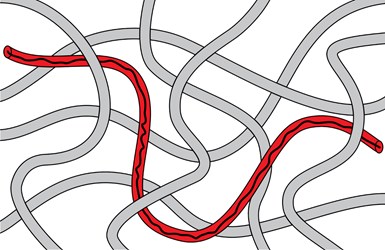New research provides guidance for optimized thermoplastic composite overmolding
TPRC process modeling and testing of single- and dual-step processed parts points to optimum process conditions and improved design features.

Overmolding is a technology in which a thermoplastic composite laminate is thermoformed and subsequently injection overmolded. This near-net-shape manufacturing process is well suited for automated large series production of complex 3D structures with excellent structural performance and a high level of function integration.
However, the industry lacks process design tools. Responding to this need, researchers at the ThermoPlastic composite Research Center (TPRC, Enschede, Netherlands) analyzed the overmolding process, focusing on the bond strength between the overmolded composite laminate and the injected polymer resin/reinforced composites. Using process modeling and mechanical testing, they evaluated both a single-step and a dual-step process. Results showed distinctly different process mechanisms and resulting material structure and mechanical performance in the overmolded composite parts.
Starting from De Gennes' classical reptation theory for reptation and healing of amorphous polymers, an alternative approach was developed to describe the strength development for semi-crystalline materials. A rudimentary description of the degree of melting was implemented to predict the bond strength as a function of the thermo-mechanical history at the interface during forming and subsequent resin injection for PA6 and PEEK, both semi-crystalline matrix materials.
The full article, “Analysis of the Thermoplastic Composite Overmolding Process: Interface Strength” can be found in . Read more about TPRC’s overmolding research .
Related Content
-
Optimized rib-reinforced hollow composites via printed molds
Addyx topology optimization and water-soluble mandrel enables simultaneous rib and skin layup for one-shot, high-strength, lightweight structures.
-
Automated robotic NDT enhances capabilities for composites
Kineco Kaman Composites India uses a bespoke Fill Accubot ultrasonic testing system to boost inspection efficiency and productivity.
-
ASCEND program completion: Transforming the U.K.'s high-rate composites manufacturing capability
GKN Aerospace, McLaren Automotive and U.K. partners chart the final chapter of the 4-year, £39.6 million ASCEND program, which accomplished significant progress in high-rate production, Industry 4.0 and sustainable composites manufacturing.







